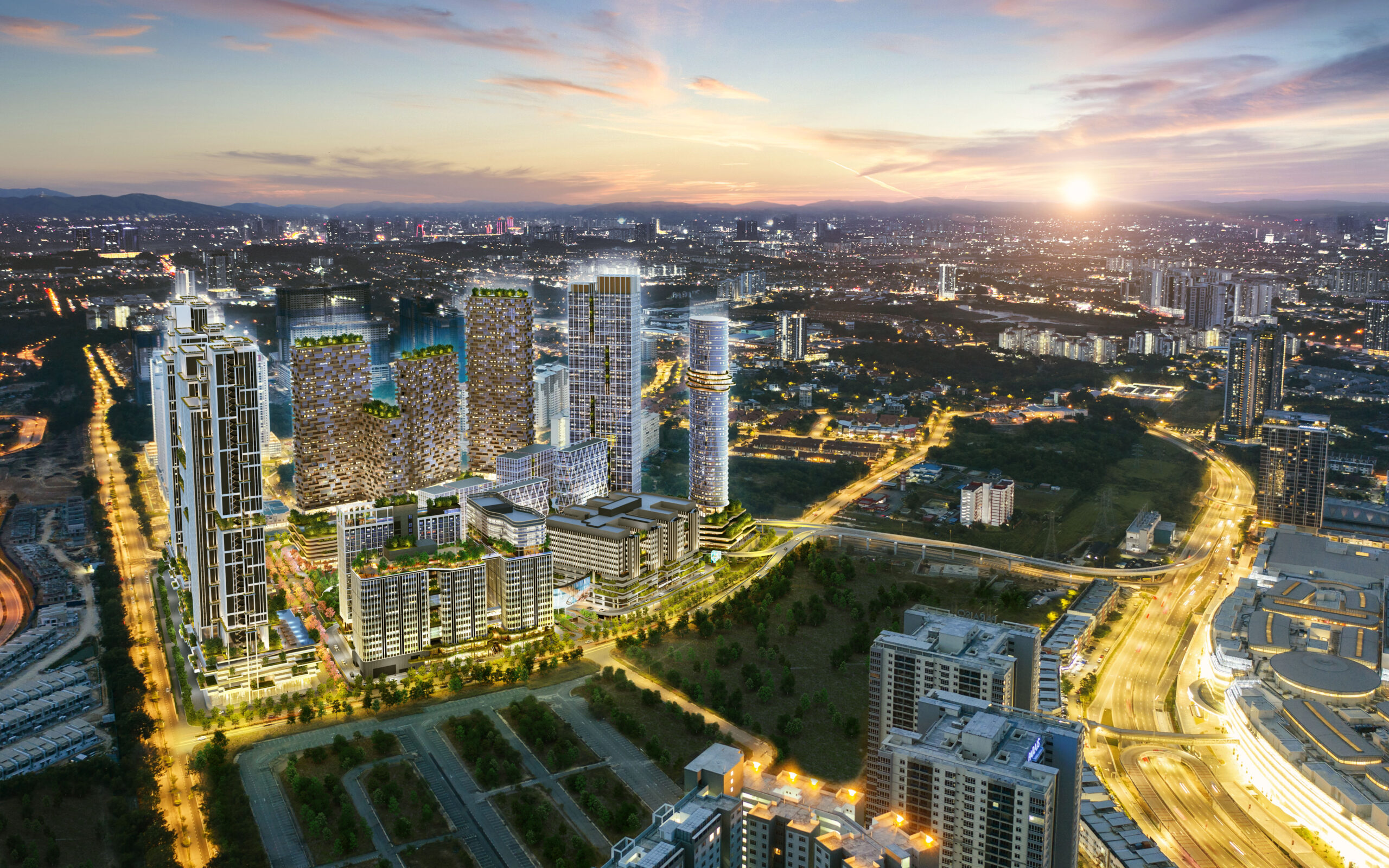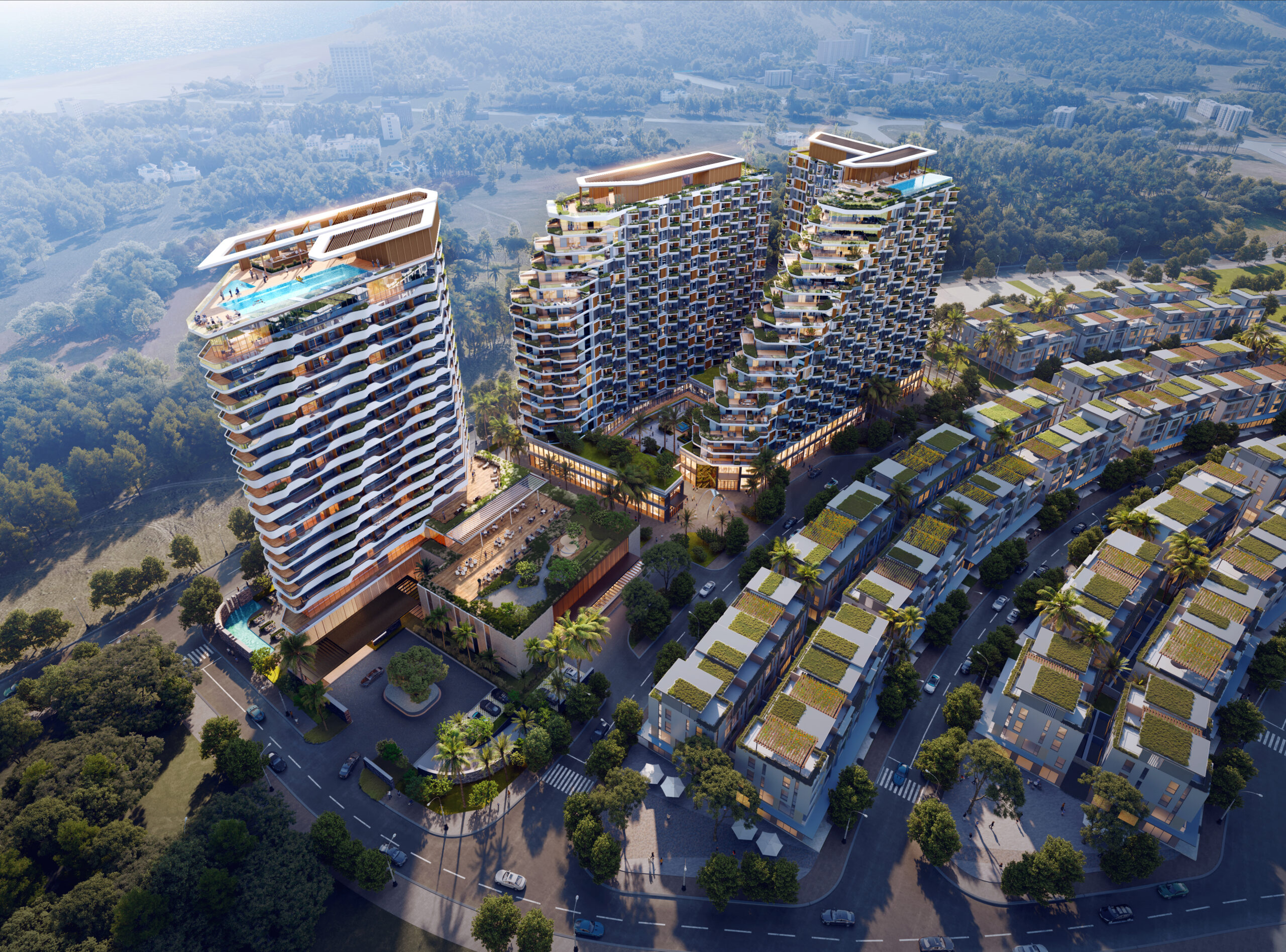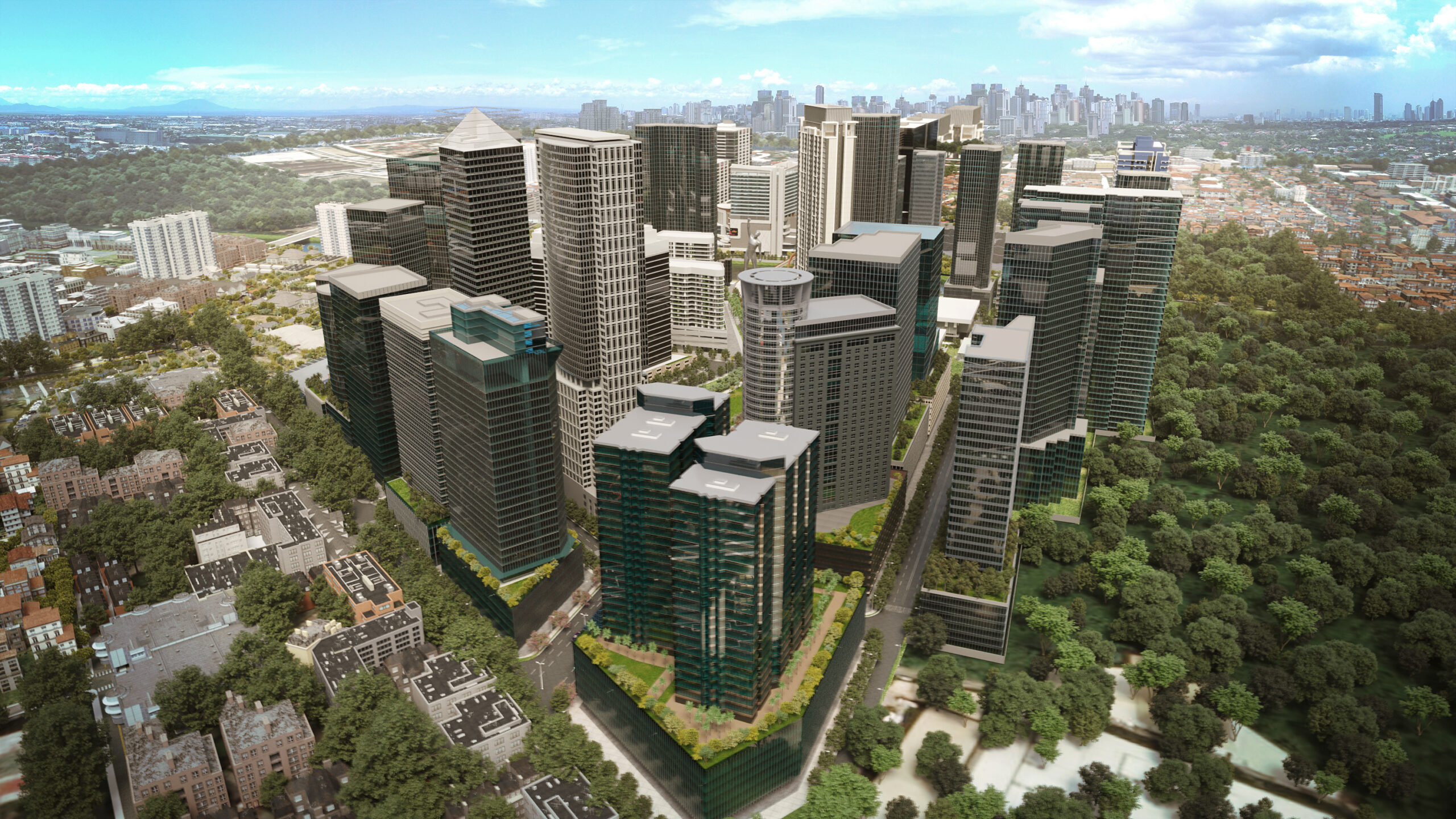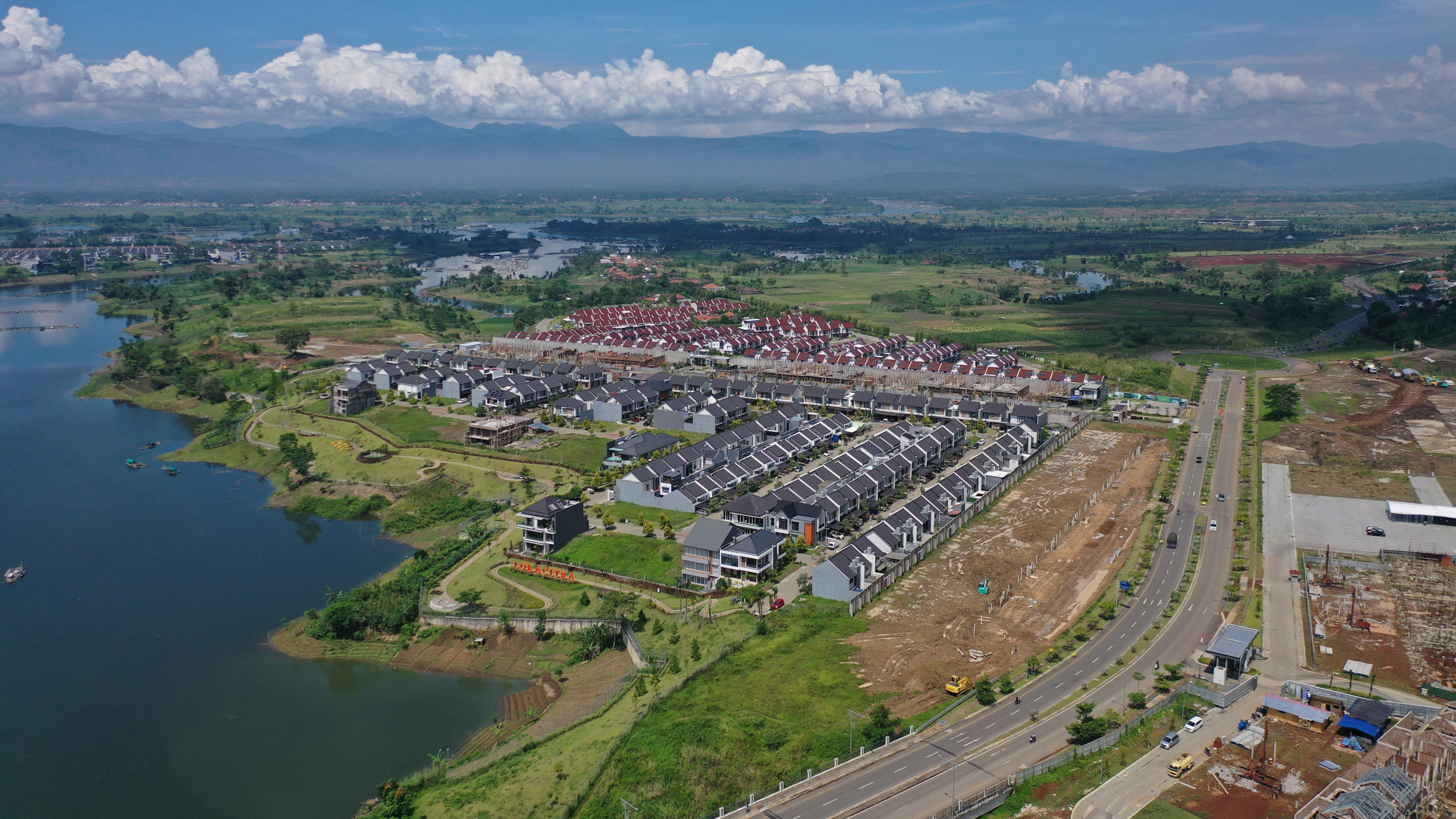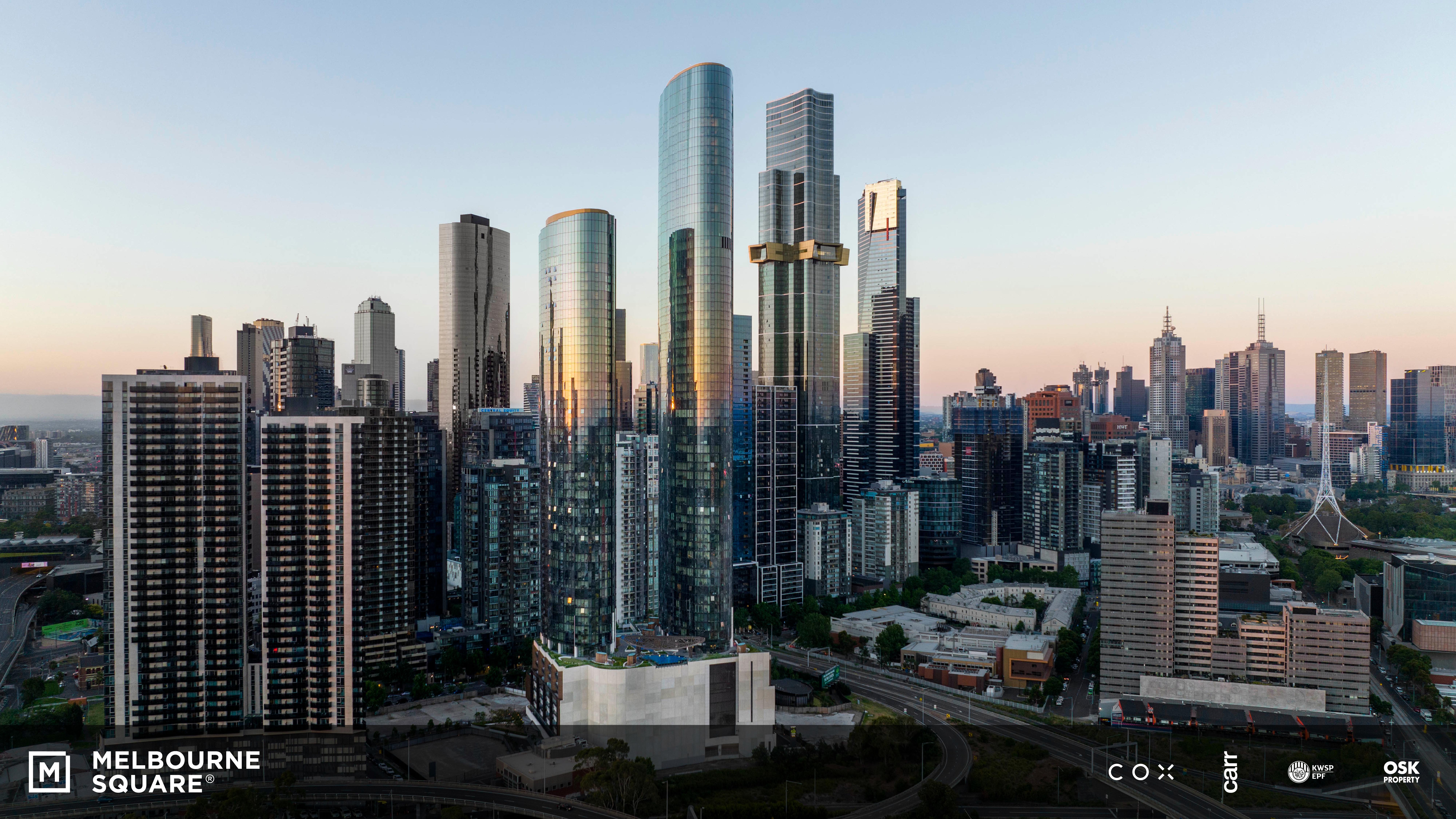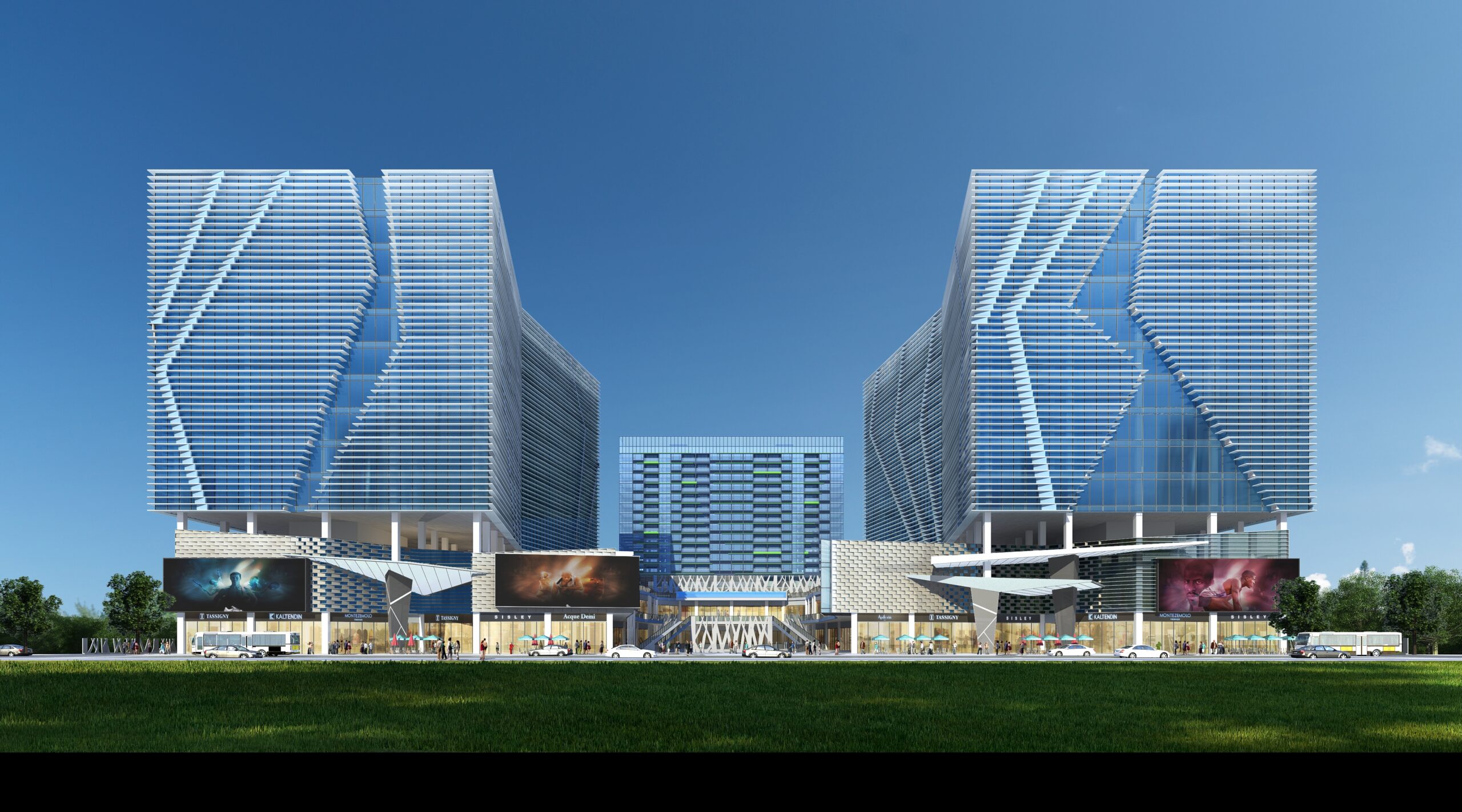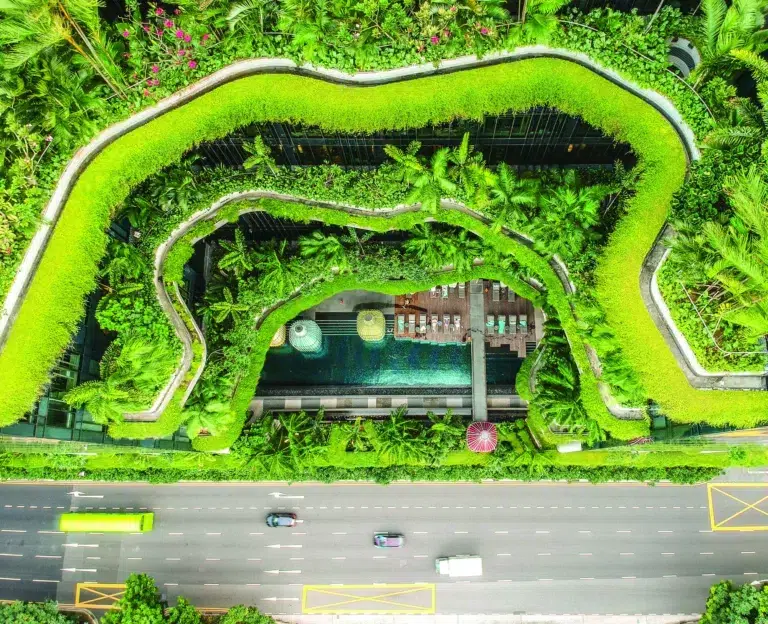Urban wins: Asia’s best integrated communities
With Asia’s cities expanding towards bursting point, investors and developers view integrated communities as a way of providing facilities and comprehensive social infrastructure
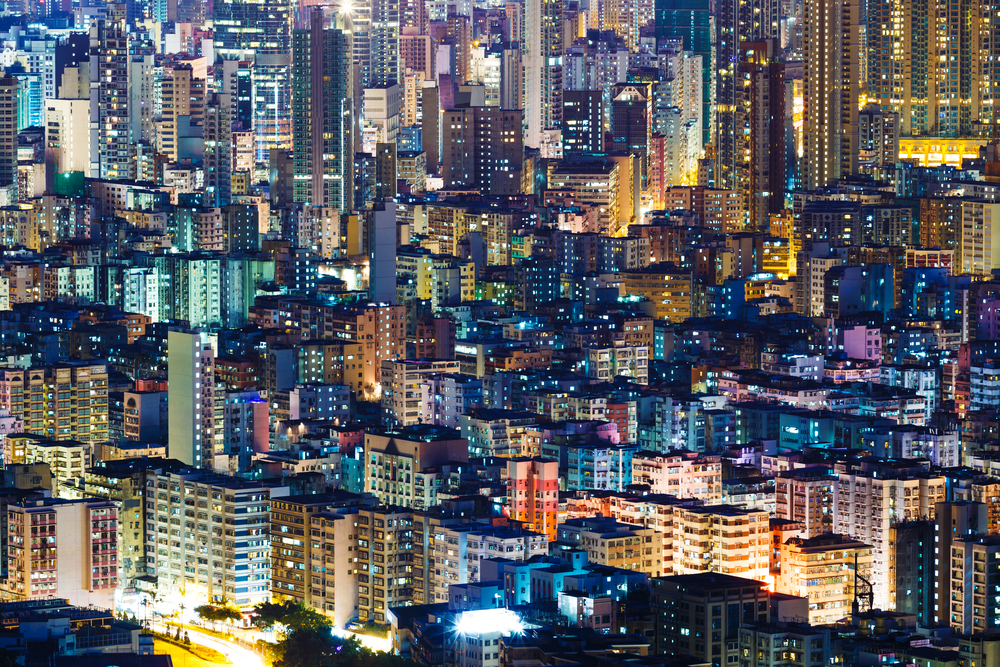
How do you solve a problem like over urbanisation? It is a question that many Asian cities need to answer. And fast.
It is a well-known fact that the region is urbanising at breakneck speed. Each year, alarming data reveals how quickly the region’s cities are swelling. The latest figures from UN-Habitat note that 54 percent of the global urban population, more than 2.2 billion people, now live in Asia. By 2050, the continent’s urban population is expected to increase by 50 percent, representing an additional 1.2 billion people—or 15 percent of the current global population.
Of course, this acceleration is not exclusive to Asia. Rising global urbanisation has been one of the defining trends of the 21st century. Billionaire media tycoon and former New York City mayor Michael Bloomberg once famously said, “Cities have played a more important role in shaping the world than empires.” Indeed, projections show that urbanisation, combined with the overall growth of the global population, could add another 2.5 billion people to cities within the next 25 years.
The lure of the bright lights is often inevitable and highly beneficial for those from lower-income areas. Cities have historically promised greater employment opportunities, fostered diverse and vibrant communities, and provided access to services and amenities that would otherwise be out of reach in rural areas. Yet, the ideals of the urban utopia can fade quickly and place a greater strain on already overpopulated and underdeveloped cities, especially in Asia’s rapidly—and often shambolically—developing metropolises.
“Urbanisation has always had a significant impact on how people live, work, and play,” says Prashant Kapoor, chief industry specialist for Green Buildings and Cities at the IFC Climate Business Group. “Without the concerted effort of various stakeholders to direct the process of urban-rural transformation, unguided urbanisation, as the pandemic has shown us, can lead to negative externalities that reverse progress.”
The social divide in our cities is becoming increasingly evident with each passing day. Through efficient planning, residential zones within integrated townships can aim to provide housing for high, middle, and low-income groups, creating an equitable ecosystem
Indeed, the pandemic forced many homeowners to revaluate their lifestyle priorities. Increasingly, according to Kapoor, they are recognising the value of living within a community that is self-sufficient not only in terms of basic amenities but also comprehensive social infrastructure, without requiring them to move out of the community.
The response has been an uptick in the development of integrated communities, both within city centres and suburbia. In addition to residential and commercial components, these large-scale, mixed-use projects place a particular focus on providing easy access to amenities such as hospitals, schools, retail spaces, and lifestyle and wellness facilities.
“The social divide in our cities is becoming increasingly evident with each passing day,” explains Varsha Jain, cofounder and principal architect of Chennai-based firm Creative Architects and Interiors. “Through efficient planning, residential zones within integrated townships can aim to provide housing for high, middle, and low-income groups, creating an equitable ecosystem.
“Along with equity, inclusivity, and comfort, integrated townships promise safety, sustainability, and healthy living.”
With that in mind, we round up some of the latest award-winning mixed-use, integrated, and township developments from around the region.
KC Wellness City (KLWC)
What is it?
According to the developers, KLWC will be the first city in Southeast Asia exclusively dedicated to wellness and healthcare. The ambitious 26.5-acre mixed-use project, set to be completed within the next decade, will feature medical and wellness components, retail and business suites, a luxury retirement resort, and world-class hospital facilities, as well as upscale SOHO and serviced apartments.
Where is it?
Strategically located in the International Zone of the KL City Plan 2020, between Kuala Lumpur City Centre and Kuala Lumpur International Airport, KLWC’s wellness credentials are further enhanced by its proximity to the Kinrara Golf Course and Bukit Jalil Golf Club. Retail therapy, meanwhile, is within easy reach at Pavilion Bukit Jalil, one of the country’s largest shopping malls.
Wow factor
With its trailblazing concept, KLWC is promising a world of possibilities, particularly for wealthy seniors and fitness aficionados. Notable highlights include a Healthcare Mall featuring fitness centres, indoor badminton courts, and indoor futsal, as well as a Wellness Park complete with jogging, walking, and cycling paths.
Meyhomes Capital Phu Quoc
What is it?
Slated to be the new economic, cultural, and financial hub of Vietnam’s up-and-coming resort island Phu Quoc, this 266-hectare “integrated mega-city” is centred around a tropically inspired residential district, complemented by upscale retail and entertainment components.
Where is it?
Phu Quoc was barely a blip on the investment and tourism radar a decade ago. But nowadays the island is vying with established Vietnamese resort destinations like Danang— and further afield in Southeast Asia—thanks to its proximity to Ho Chi Minh City, palm-fringed beaches, and everimproving infrastructure. Meyhomes Capital Phu Quoc sits at the heart of the island in the bustling An Thoi Ward.
Wow factor
For better or worse, Phu Quoc is changing at a rate of knots. But for those searching for Asia’s next “big thing”, the island is a solid contender. Meyhomes Capital Phu Quoc arguably represents this better than most recent developments, with its blend of sleek retail boulevards, boutique hotels, and residential offerings, ranging from eco-friendly villas to serviced apartments.
Bridgetowne Destination Estate
What is it?
Philippine firm Robinsons Land knows a thing or two about developing mixed-use projects. The company being a pioneer of the format since its inception in 1980, Bridgetowne Destination Estate is arguably its most ambitious project to date. The fully integrated development connects two of Metro Manila’s main hubs, Quezon City and Pasig City, with a sustainable community featuring a mix of myriad retail, commercial, office, hospitality, and residential spaces. The standout condo component is the PHP5.6-billion The Velaris Residences, a 45-storey luxury high-rise set for completion in 2024.
Where is it?
When it comes to location, few Metro Manila projects are as unique as Bridgetowne. Straddling Quezon City and Pasig City via an impressive 200-metre bridge, the 22.56-hectare township and business park is situated in a former industrial area on both banks of the Marikina River. Access to nearby Ortigas Center and Bonifacio Global City is another boon for residents and commuters.
Wow factor
The eponymous bridge is the township’s undisputed showstopper. Beyond the iconic structure, master-planned by AECOM and designed by celebrated local firm Mañosa & Company, stands an imposing art installation dubbed The Victor. Elsewhere, the 6,000-square-metre Bridgetowne Central Park houses the world’s largest obstacle park, featuring beginner, intermediate, and advanced courses ranging from the extreme Rope Climb to Gymnast Rings and Tilting Monkey Bars to the Spear Throw.
Kota Baru Parahyangan (KBP)
What is it?
A bright future is anticipated for Kota Baru Parahyangan, a self-contained city conceived to champion educational values. Inspired by the local Sundanese communities and Indo-European architecture, this 1,250-hectare project aims to complement, rather than compete with, the existing neighbourhoods, providing an eco-oriented alternative for residents and commercial operators.
Where is it?
When it rains, it pours. Padalarang, a once-backwater town in West Bandung Regency, has seemingly transformed overnight into one of West Java’s most enticing investment prospects. Its lush landscape of verdant hills provides a perfect backdrop for outdoor pursuits, but it is the recent rush of development activity that is currently turning heads. KBP is capitalising on this nascent appeal alongside its connectivity—20 kilometres via the new toll road—to the island’s main city Bandung.
Wow factor
Education. Education. Education. The satellite city will upon completion in 2040 feature more than 10 schools and universities ranging from religious to international-standard institutions. Hotels, a golf course, a retail park, sports clubs, and even a theme park are slated to complete the list of community-focused amenities.
Melbourne Square
What is it?
One of the most ambitious projects in recent years in Melbourne, the AUD2.8-billion mixed-use precinct aims to create a new civic heart for Southbank. Upon completion, it will feature four residential skyscrapers accommodating more than 2,600 apartments, a luxury hotel, and a commercial building boasting both boutiques and international brands, completing the juxtaposition between built form and public, green expanse.
Where is it?
Melbourne Square is situated in the bustling Southbank district, just moments from some of the city’s most vibrant neighbourhoods, the CBD, world-renowned festival locations, and the Yarra River promenade. Green spaces, quality educational institutions, and Melbourne’s most celebrated cultural attractions are also within easy reach, making it an appealing proposition for families.
Wow factor
Obviously, the location steals the show. Few major cities in the region remain where a project of this scale could be conceived on such prime real estate. At the heart of the development, there will even be a 3,700-square-metre public park—accounting for 20 percent of Melbourne Square—designed by acclaimed landscape firm Taylor Cullity Lethlean, complete with a cafe terrace and events space.
Prince International Plaza
What is it?
The first major mixed-use project in this up-and-coming district of Phnom Penh, the 200,000-square-metre Prince International Plaza, will integrate business, shopping, dining, entertainment, and leisure components upon completion. Residents can opt for premium apartments ranging from 107 to 157 square metres, with access to a state-of-the-art fitness centre and infinity pool, as well as the integrated retail, entertainment, and lifestyle amenities.
Where is it?
Not long ago, Phnom Penh was known as Southeast Asia’s last low-rise capital. Nowadays, however, its skyline is arguably rising faster than its regional counterparts. Somewhat removed from the frenetic pace of change in the city centre, Prince International Plaza’s location a few kilometres from the international airport represents the Cambodian capital’s latest frontier. Still, it is only a few moments away from the city’s favoured lifestyle destinations, including top-notch restaurants and retail outlets along the riverside and in the fashionable BKK1 district.
Wow factor
Hot on the heels of the successful launches of the luxury villa development Prince One Tropica and the Prince Happiness Plaza, Prince Real Estate Group is quickly establishing itself as one of the country’s most respected developers. Investors can therefore rest assured that they will get what they pay for—a premium that has not always been guaranteed with other so-called luxury condominiums in the Cambodian capital.
The original version of this article appeared in PropertyGuru Property Report Magazine Issue No. 177 on issuu and Magzter. Write to our editors at [email protected].
Recommended
6 green real estate projects reshaping Asia’s future
Developers are being incentivised to push a green agenda into daring new realms
ARES White Paper Volume 3: The era of adaptive reinvention
Pioneering sustainable and innovative practices in urban development
ARES White Paper Volume 2: Unravelling the power of data revolution in real estate
Insights on proptech, smart cities, and sustainable development
ARES Digital White Paper Volume 1: The fundamentals of responsible building
Green and climate heroes join forces to discuss how Asia Pacific can weather the current environmental crises and the looming effects of climate change
